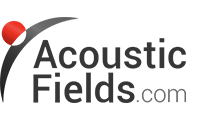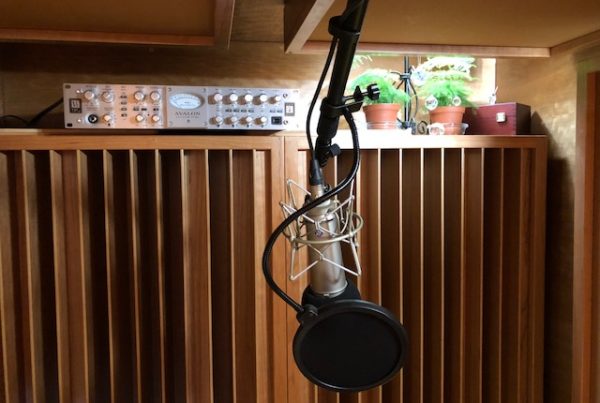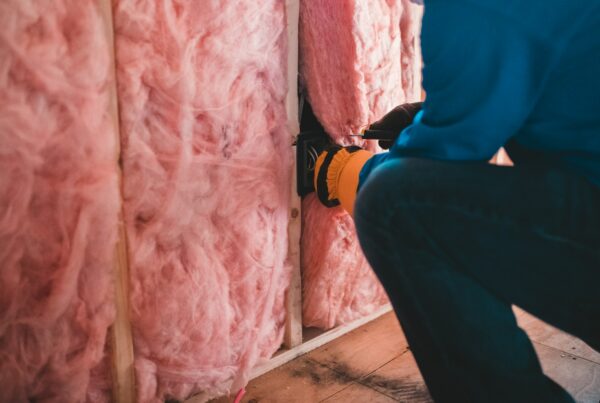Home recording studios are prominent today. With the digital technologies available today, one can have most of the processing power of larger studios in a much smaller space requirement. A home recording studio is usually set up in a spare bedroom or some other space not utilized by the current occupants. The science of small room acoustics must apply here.
Our first consideration in a smaller space must be the low frequency or bass energy. Small room volumes play havoc with low frequencies, or should I say low frequency energy plays havoc with smaller home recording studios. A great deal of attention must be paid to bass energy whether recording, monitoring or playback is being used , so that the bass energy does not smother the mids and highs. Low frequency absorbers are a must.
Reflection control in recording rooms must be controlled, so that the microphones are “hearing” the music and musicians and are not recording the room sound. Our monitoring position must be a realistic balance of absorption and diffusion technologies to allow for more direct energy from our speakers to reach our ears first, before the relected energy from our room boundary surfaces. This greater direct/reflected wall energy at the mixing position allows for a more realistic sound balance and thus a better mix.





